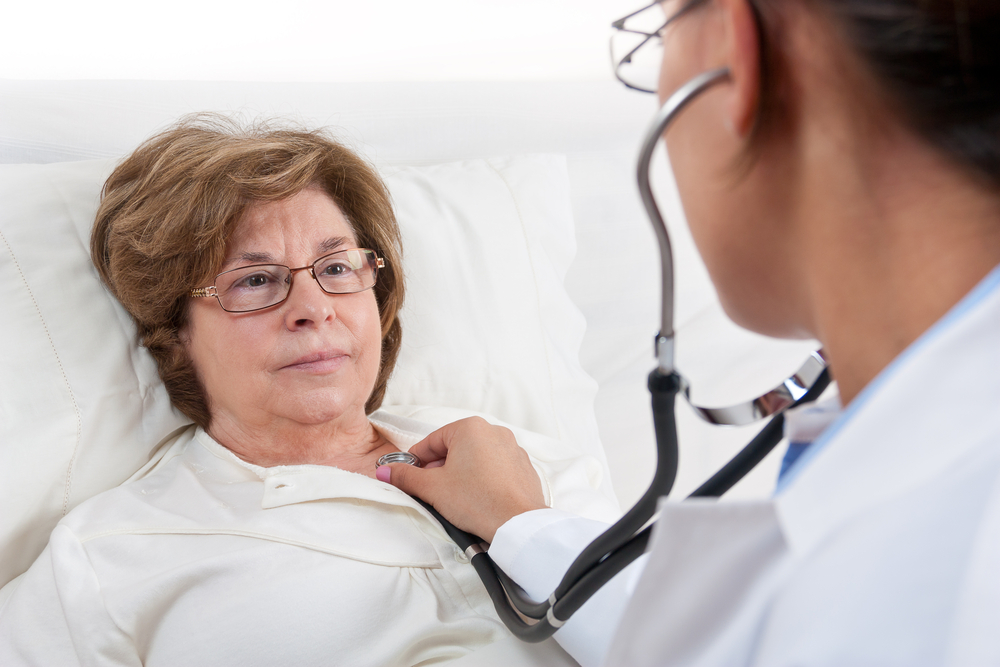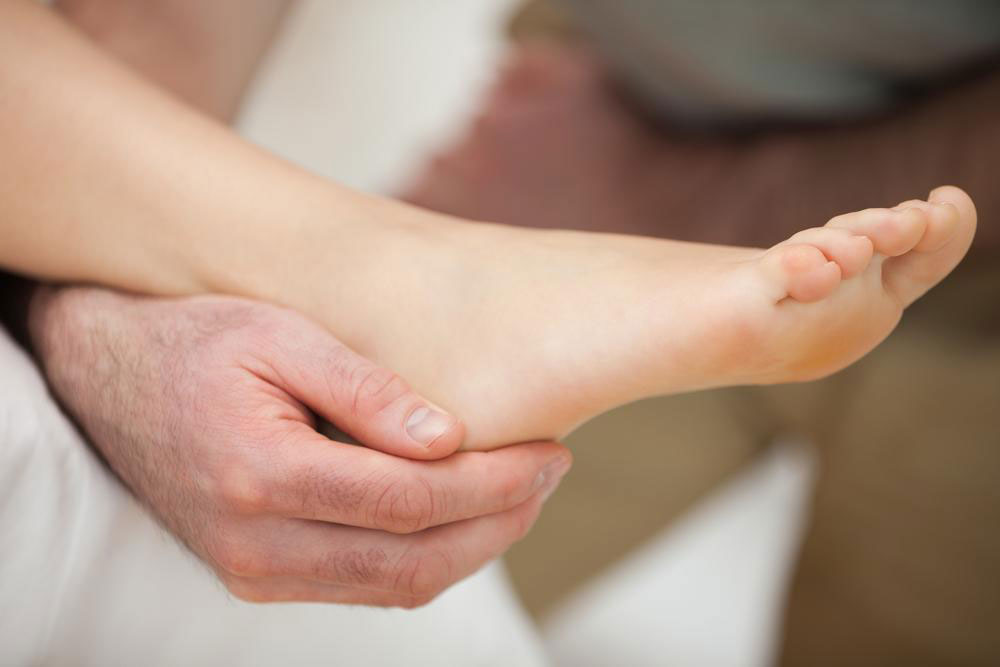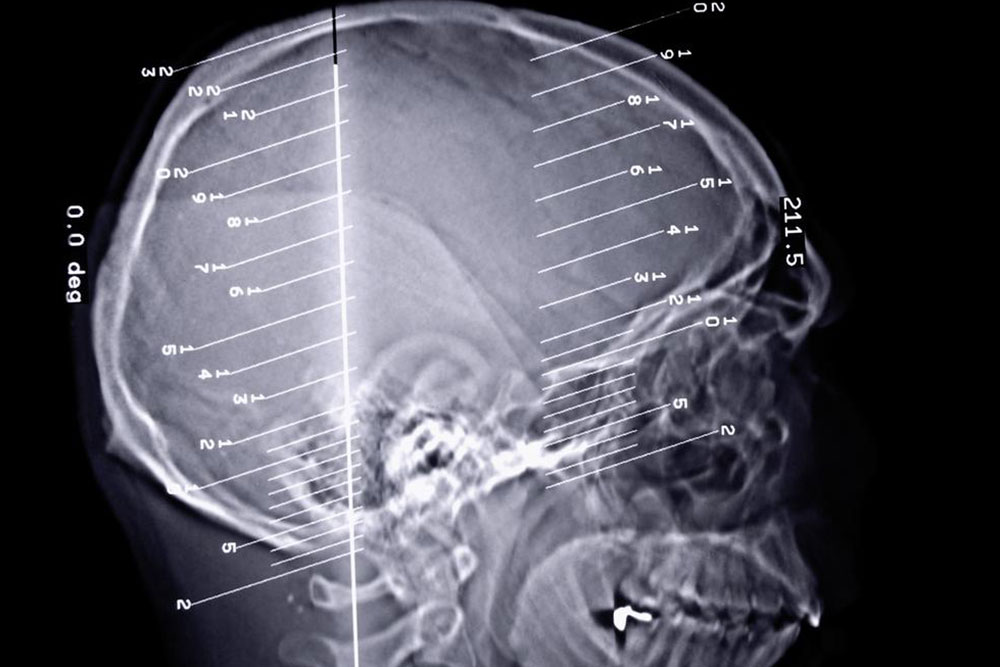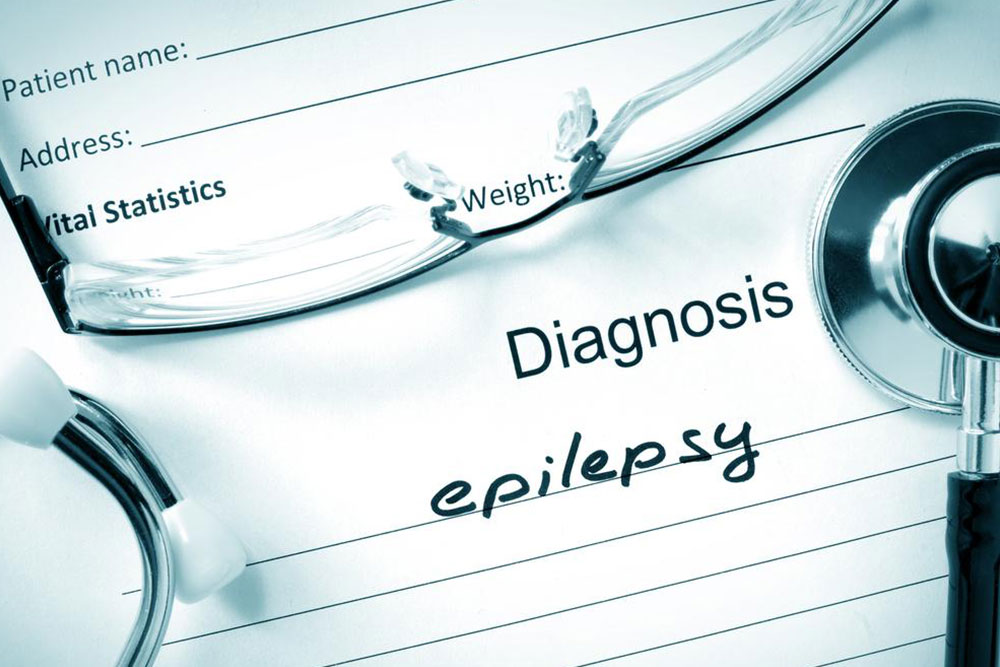Essential Facts About Amyotrophic Lateral Sclerosis (ALS)
ALS, or Lou Gehrig’s disease, is a progressive neurological disorder affecting motor neurons, leading to muscle weakness, difficulty in movement, and respiratory issues. Early diagnosis and symptomatic management are crucial. This article covers the disease's nature, symptoms, diagnostic procedures, and treatment options to enhance understanding and patient care.
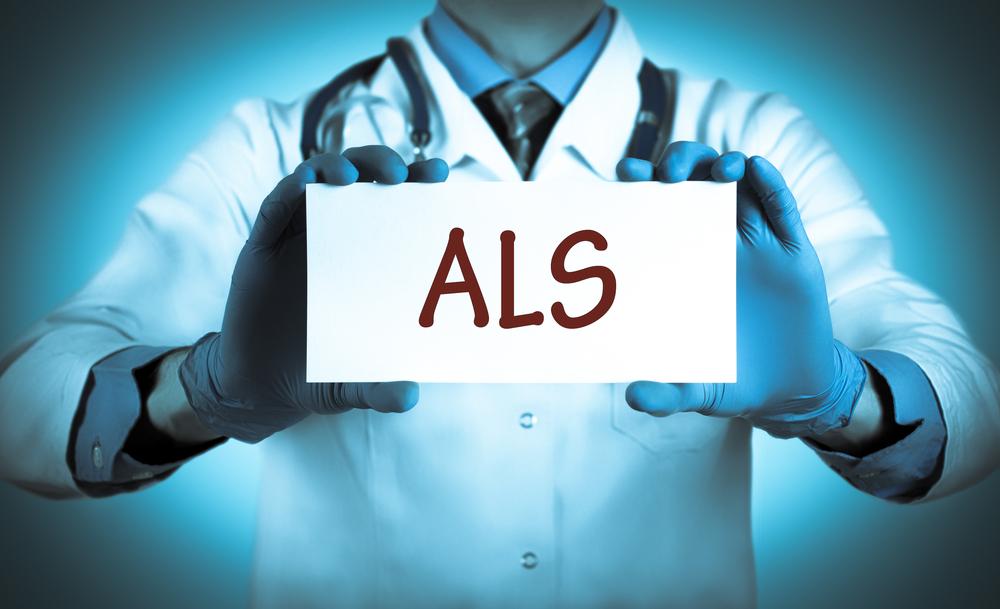
Essential Facts About Amyotrophic Lateral Sclerosis (ALS)
Amyotrophic Lateral Sclerosis, commonly called ALS or Lou Gehrig’s disease, is a neurological disorder that progressively weakens muscles and impairs physical abilities. Named after the baseball legend diagnosed in the 1930s, the disease was first identified by French neurologist Jean-Martin Charcot in 1869. ALS primarily attacks motor neurons, nerve cells responsible for muscle control, leading to difficulties in walking, speaking, swallowing, and breathing.
This condition gradually worsens over time. Early diagnosis and intervention are vital once symptoms appear. Recognizing signs like muscle weakness and twitching helps in prompt management.
ALS is a progressive disease that can severely impact daily life. It mainly affects upper and lower motor neurons in the brain and spinal cord, which are crucial for voluntary movements. As the disease advances, patients may struggle with mobility, speech, and swallowing. Over time, muscles involved in digestion, bowel, and bladder functions can also be affected.
Even though ALS does not directly cause pain, weakness and muscle twitching, known as fasciculations, may lead to discomfort and sleep disruptions. Early detection and treatment focus on managing symptoms to improve quality of life.
Diagnosing and Managing ALS
Since ALS symptoms mimic other neurological conditions, thorough testing is essential for accurate diagnosis.
A comprehensive physical exam, blood and urine tests, spinal tap, EMG, NCS, muscle biopsy, and MRI scans are common diagnostic tools.
Genetic testing might be recommended for familial cases, although most cases are sporadic.
While no cure exists, treatments aim to alleviate symptoms. Medications, physical therapy, speech and occupational therapy, and dietary counseling are part of the management plan.
Note:
This article provides informational content about ALS symptoms, diagnosis, and treatments. It is not a substitute for professional medical advice. Always consult licensed healthcare professionals for diagnosis and treatment options tailored to individual needs.

